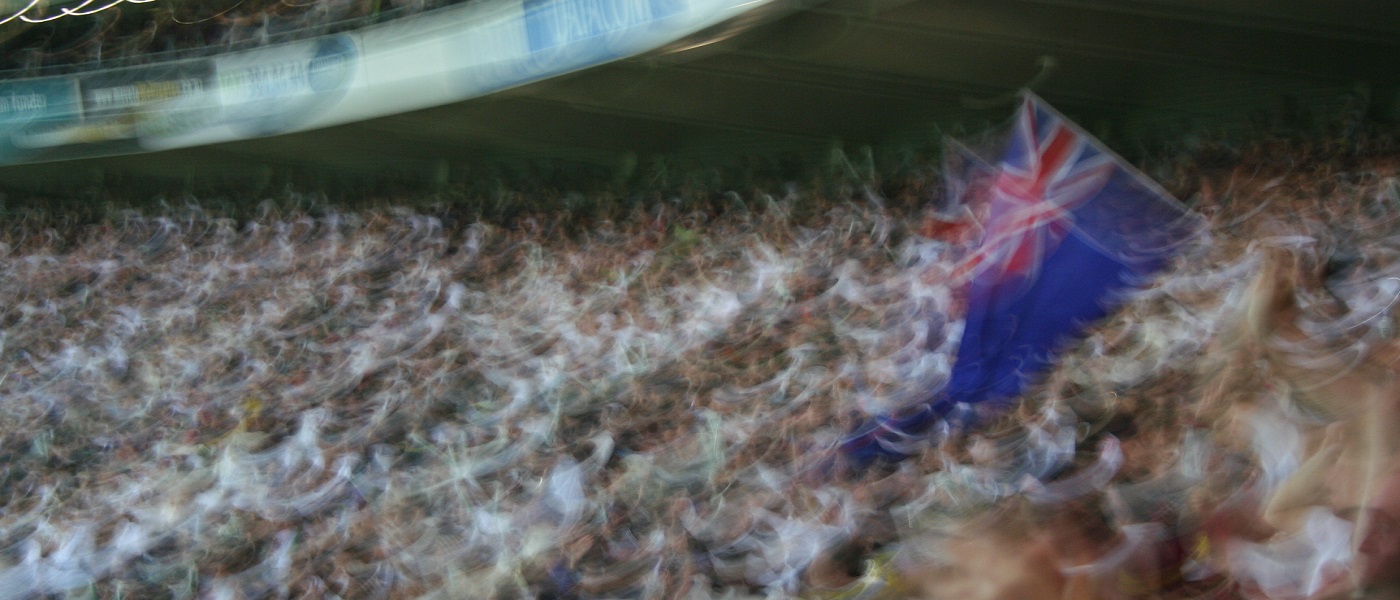
New Zealand’s sporting landscape is dominated by ‘commonwealth’ sports. The sports we read about, are encouraged to play and watch on television – rugby, netball, cricket, league and football.
The fastest growing ethnicities in New Zealand are Asian – Chinese, Korean, Indian and in terms of growth rate, Philipino.The majors sports from these countries include table tennis, badminton, volleyball, baseball, taekwondo, basketball, hockey and of course, football being the world game.
How and when will this translate to changes in our sporting landscape?
Sport in New Zealand is delivered by many entities – formal sports organisations such as NZ Rugby and Netball New Zealand; schools; community sports organisations, including regional sports trusts and churches among others; commercial providers; and local authorities with a focus on facilities.
The major sports, with a relentless drive for growth, will try and encourage these ethnic groups to participate, but is this sensible and efficient? How well positioned are the codes popular in these countries to support development – Table Tennis NZ, Badminton NZ, Baseball NZ? NZ Cricket has one Indian player out of 21 contracted players – 4.5%, which nicely represents the Indian population in New Zealand, 4% as at 2013 census. But does it represent the importance of cricket in the Indian community? This is not a criticism of NZ Cricket, rather an example of possible change. Is hockey in a similar position? South Korea has hosted a FIFA World Cup, reached the final four and made the last nine FIFA world cup finals tournaments, but how representative are South Koreans in our national squads?
Sport New Zealand’s community sport strategy specifically talks about improving reach to underrepresented communities and has introduced trageted populations funding, which is now largely focused on Auckland – this is good. As Sport NZ’s primary measure is absolute participation numbers and given it is easier to retain than attract participants, will the funding continue to follow the strategy? Funding requires organisation. You need to know how to attract funders, have the desire and motivation to seek funding and the capability to deliver; therefore, in the first instance it will largely be up to the incumbent entities to drive any change. Aktive Auckland Sport and Recreation, and others will need to hold the line.
Schools will respond to demographic changes. Whether changes are driven by forward-thinking heads and boards of trustees, or central strategy directives will dictate the pace and impact.
The commercial providers will follow the money and as such may drive change the quickest in the short term.
Local authorities have to operate to longer timeframes and the recent development of multi-purpose facilities should provide some flexibility. Auckland Council, with the largest new immigrant population, have a complexity of plans that include addressing these changes, but will the menagerie of sports organisations in Auckland be able to coordinate effectively?
And then there is high performance. Will we see a day when New Zealand becomes a major force in badminton, volleyball or baseball driven by Asian ethnicities? Table tennis is dominated by new Chinese in New Zealand, with one player achieving Olympic qualifying standard, but lacked support from NZOC – disappointing, but reflects the the current focus. High performance is largely not about absolute participation numbers, rather it is lead by the quality of the organisation and administrators, and the development of world class coaching structures and high performance programmes. Track cycling is a recent example in New Zealand of a minority sport with relatively low participation, that has built a world class, high performance capability and performed accordingly. For this to happen, a collective with the interest, passion and commitment needs to lead. Realistically, how important is high performance sport to developing immigrant communities – for the Chinese playing table tennis it clearly is important?
The short term opportunities appear to be with cricket (maybe hockey) and football. Well established sports who will need to reach beyond their traditional base. In the long term it will come down to the motivation and skill of administrators in what are today minor sports and community organisations funding strategy and delivery.


